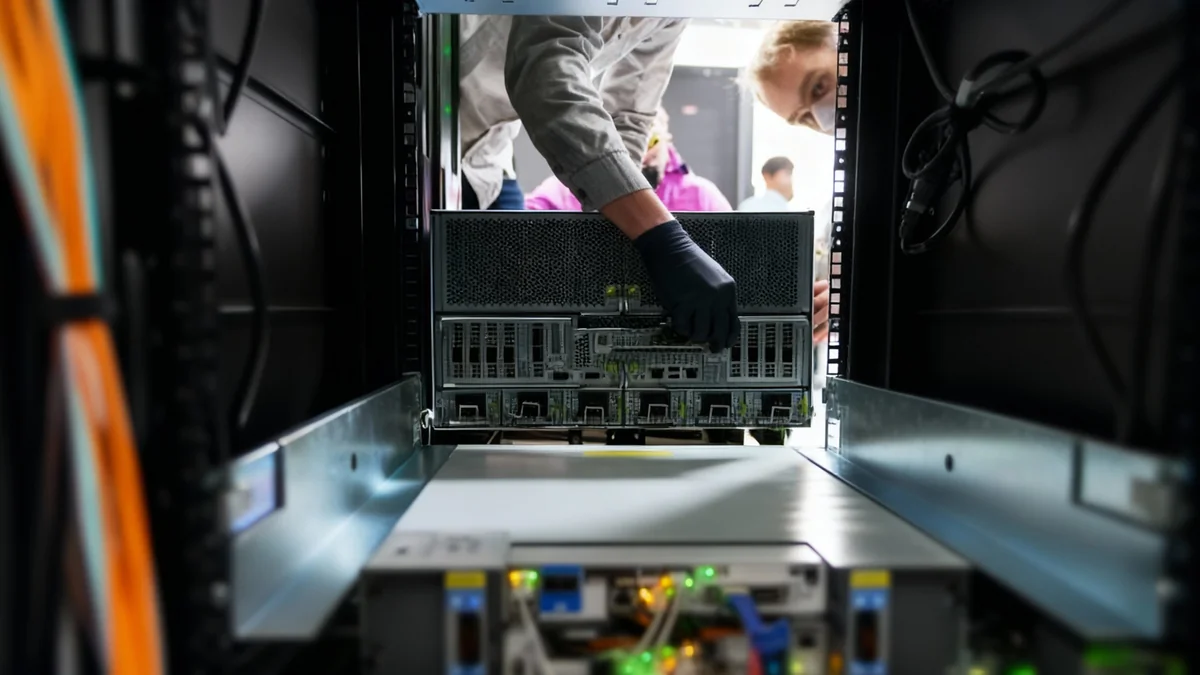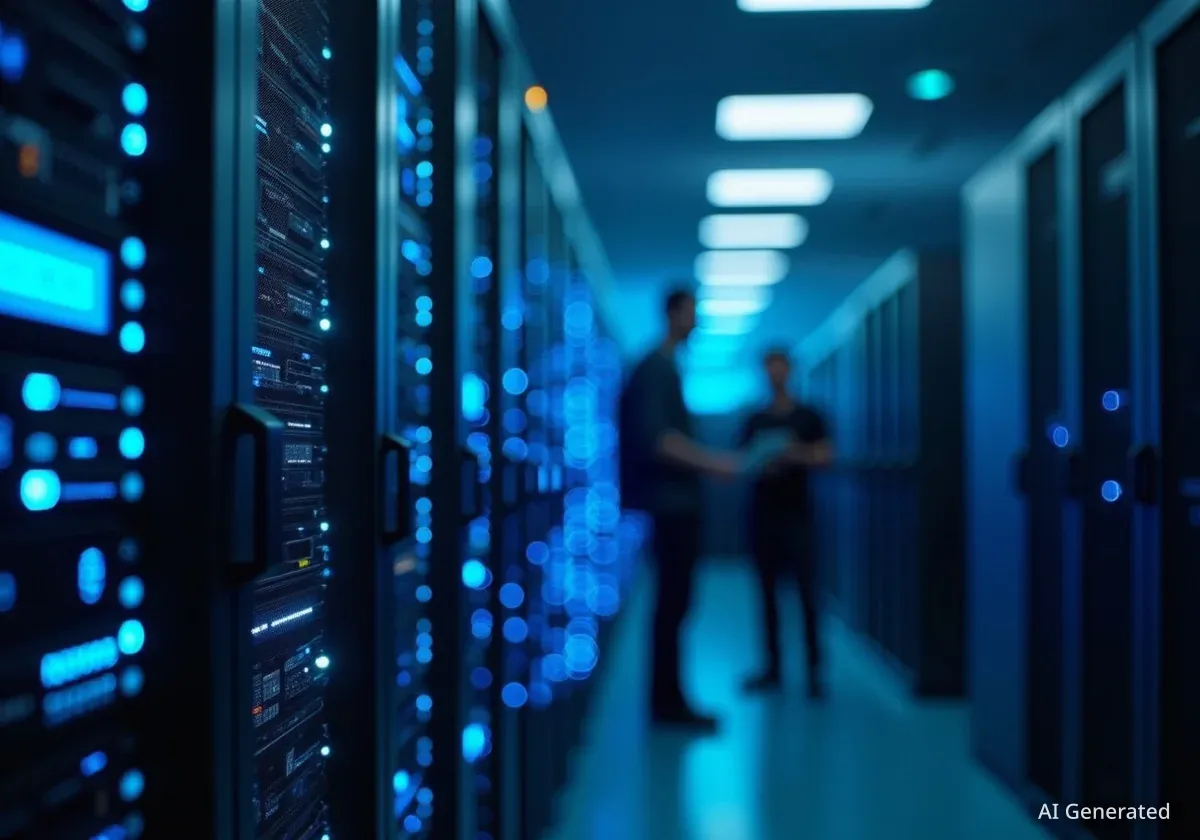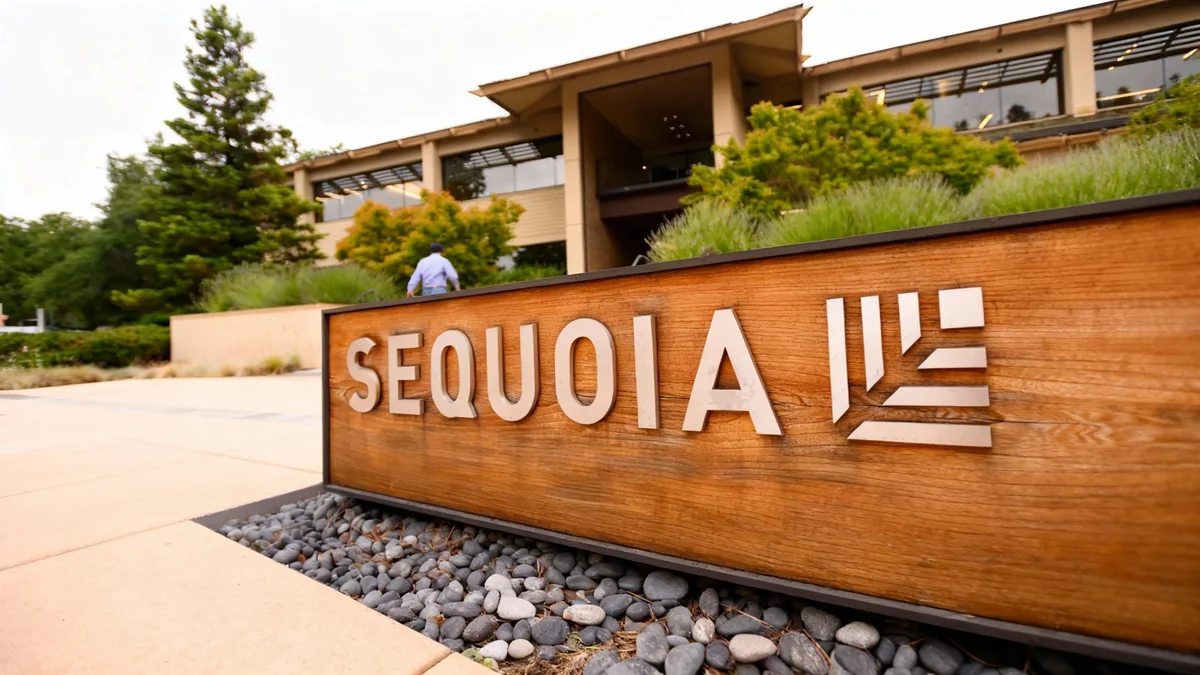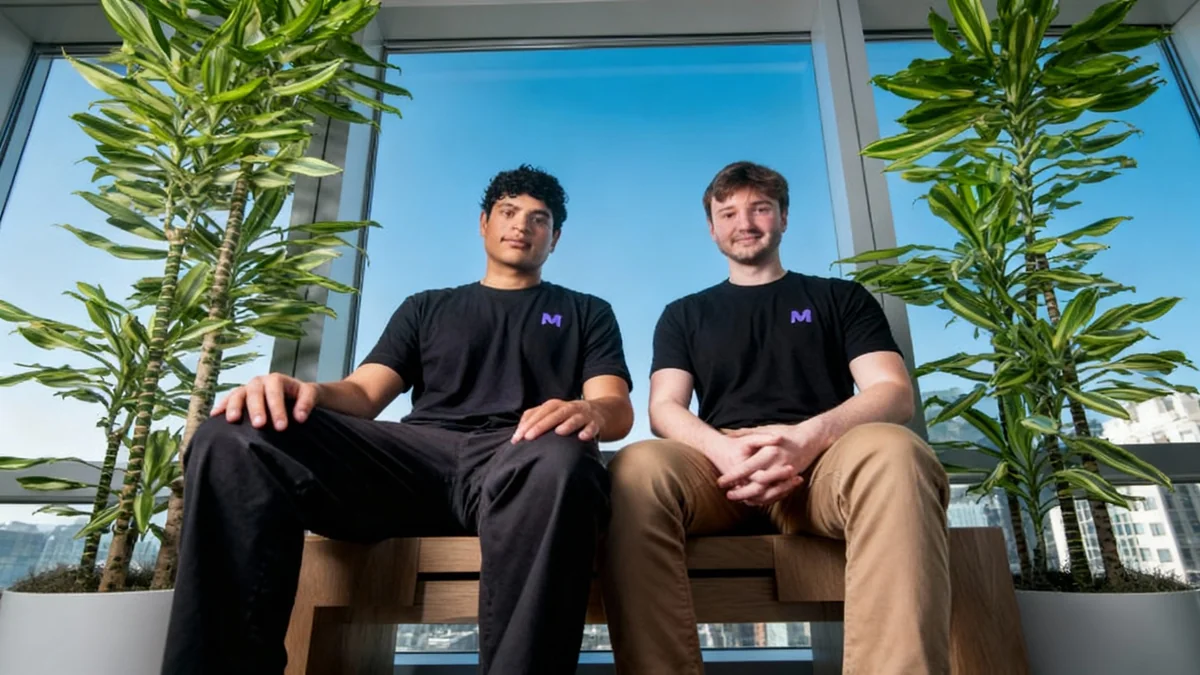The artificial intelligence sector is experiencing an unprecedented investment surge, with venture capitalists pouring billions into startups that have yet to generate profits. This rapid growth has led to sky-high valuations, drawing comparisons to historical economic bubbles and raising questions about the industry's long-term stability.
Ten of the leading loss-making AI startups, including OpenAI and Anthropic, now share a collective valuation approaching $1 trillion. This financial climate is prompting analysts and institutions like the IMF to warn of potential market instability, while some industry insiders compare the current fervor to a 'cargo cult' phenomenon, where the appearance of progress is mistaken for actual substance.
Key Takeaways
- Ten unprofitable AI startups have reached a combined valuation near $1 trillion, fueled by $161 billion in recent venture capital funding.
- Complex, circular financing deals between major tech firms like OpenAI, Nvidia, and Oracle are inflating these valuations.
- Experts are drawing parallels to the 1999 dotcom bubble and the 19th-century railway mania, warning of significant market risks.
- The term 'cargo cult' is being used to describe companies adopting AI strategies without seeing tangible revenue, mimicking success without the underlying results.
- Potential triggers for a market correction include rising interest rates, supply chain disruptions, or the emergence of more efficient AI technologies.
The Billion-Dollar Bet on Unprofitable AI
The financial landscape of the AI industry is marked by staggering figures. According to recent analysis, a small group of just ten AI startups that are not yet profitable have achieved a combined market valuation of nearly $1 trillion. This valuation is largely driven by a massive influx of capital from investors eager to secure a position in the burgeoning field.
In the current year alone, venture capital firms have invested an estimated $161 billion into the AI sector. This aggressive funding strategy continues despite the fact that many of these companies do not expect to turn a profit in the near future. The focus remains on growth, innovation, and market capture rather than immediate financial returns.
By the Numbers
Data indicates that while investment is at an all-time high, 95% of companies implementing AI strategies have not yet reported any significant revenue gains from the technology. This disconnect between investment and return is a central point of concern for market watchers.
Fueling these high valuations is a complex web of interconnected financing. Major technology companies are participating in what analysts describe as circular, cross-cutting vendor financing deals. For instance, companies like OpenAI, Nvidia, Oracle, AMD, and Broadcom are involved in arrangements that can create an appearance of robust, independent growth while being highly interdependent. This structure echoes the complex financial instruments that contributed to the 2008 financial crisis, raising concerns about hidden systemic risks.
Historical Echoes and Market Warnings
The current excitement surrounding AI has prompted comparisons to previous economic bubbles. Institutions such as the International Monetary Fund (IMF) have issued warnings, highlighting similarities between the current AI boom and the dotcom mania of the late 1990s. During that period, internet-based companies saw their valuations soar based on potential rather than profit, leading to a significant market crash.
The Railway Mania Precedent
Another historical parallel is the 19th-century railway mania. Investors poured vast sums into building railway networks, leading to a bubble that eventually burst and caused significant financial losses. However, as Amazon founder Jeff Bezos has noted, that period also left behind critical infrastructure—the railway tracks—that benefited society for generations. Some argue the current AI boom, even if it is a bubble, is similarly building essential digital infrastructure for the future.
Bezos himself has acknowledged the presence of excessive exuberance in the market. He distinguishes the current situation as an "industrial bubble as opposed to financial bubbles," suggesting it will ultimately produce tangible, long-term benefits by establishing the foundation for future innovation. This perspective is shared by some government officials, who see this investment frenzy as a necessary mechanism for American capitalism to compete with state-funded initiatives, particularly from China.
Is the Industry Building 'Bamboo Aeroplanes'?
Beyond financial comparisons, a compelling cultural analogy has emerged to describe the current AI climate: the 'cargo cult'. This concept originates from 19th-century Melanesian islands, where inhabitants observed Westerners receiving vast quantities of goods ('cargo') from ships and planes. Not understanding the underlying economic and industrial systems, some islanders tried to replicate the conditions they observed—such as building effigies of planes from bamboo—hoping to magically attract more cargo.
The term was later adopted by physicist Richard Feynman to describe 'cargo cult science'—research that mimics the forms of scientific investigation without the essential integrity, ultimately failing to produce real results. Today, this analogy is being applied to the AI industry.
"Watching the industry’s behaviour around AI, I can’t shake this feeling that we’re all building bamboo aeroplanes and expecting them to fly," stated software engineer Stephan Eberle, lamenting the trend of companies adopting AI without a clear path to value.
This sentiment captures a growing concern. Business executives are rushing to announce AI strategies to appease investors, and venture capital firms are eager to add AI companies to their portfolios. Meanwhile, Big Tech is investing heavily in massive data centers, with Bain estimating that $2 trillion in revenue will be needed by 2030 just to fund this infrastructure build-out. The risk is that many are confusing the symbols of AI innovation with the substance of profitable application.
Potential Triggers for a Market Correction
While the potential of AI is undeniable, the current investment model carries significant risks. If the bubble were to burst, the consequences could be widespread, affecting not only investors but also the broader technology ecosystem. Several factors could trigger such a correction.
An economic shift, such as a sustained rise in interest rates, could make speculative investments less attractive and tighten the flow of capital into unprofitable startups. Geopolitical events or logistical failures could also lead to supply chain disasters, disrupting the production of essential hardware like GPUs and impacting the ability of companies to build out their infrastructure.
The technology itself could also be a catalyst for change. The emergence of new, more efficient AI models, such as neurosymbolic AI, could make the current dominant 'transformer' models obsolete. Similarly, the development of cheaper, more accessible AI systems, like those from companies such as DeepSeek, could undercut the valuations of today's market leaders.
Given these uncertainties, investors and companies involved in the AI sector face a delicate balancing act. The promise of transformative technology is immense, but the financial structures supporting its development appear increasingly fragile. Understanding the interconnected risks and avoiding the 'cargo cult' mindset will be critical for navigating the turbulent period ahead.





